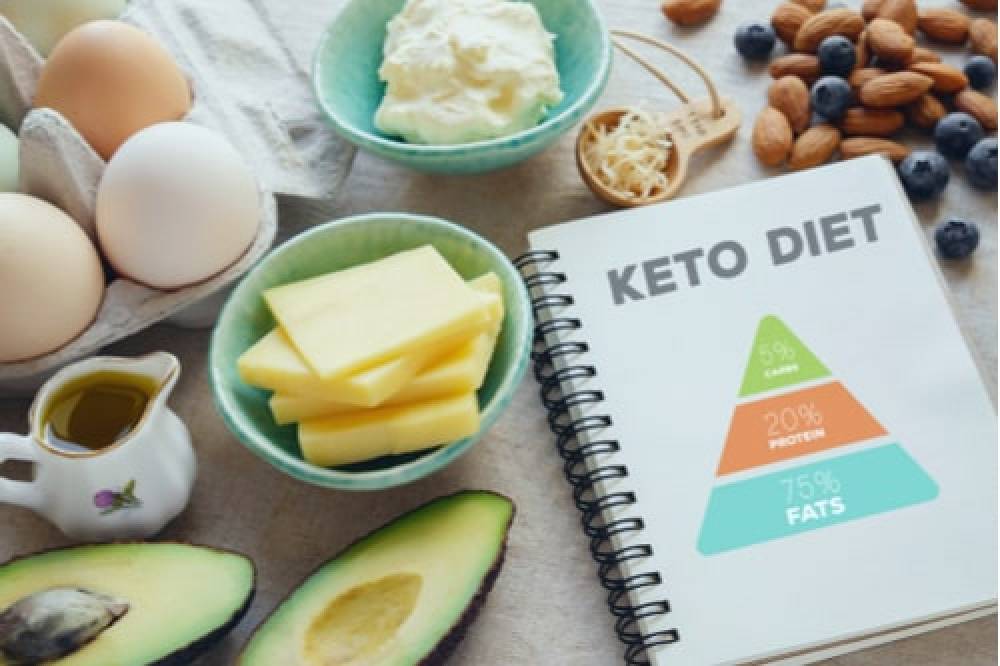Keto diet for beginners: Everything you need to know
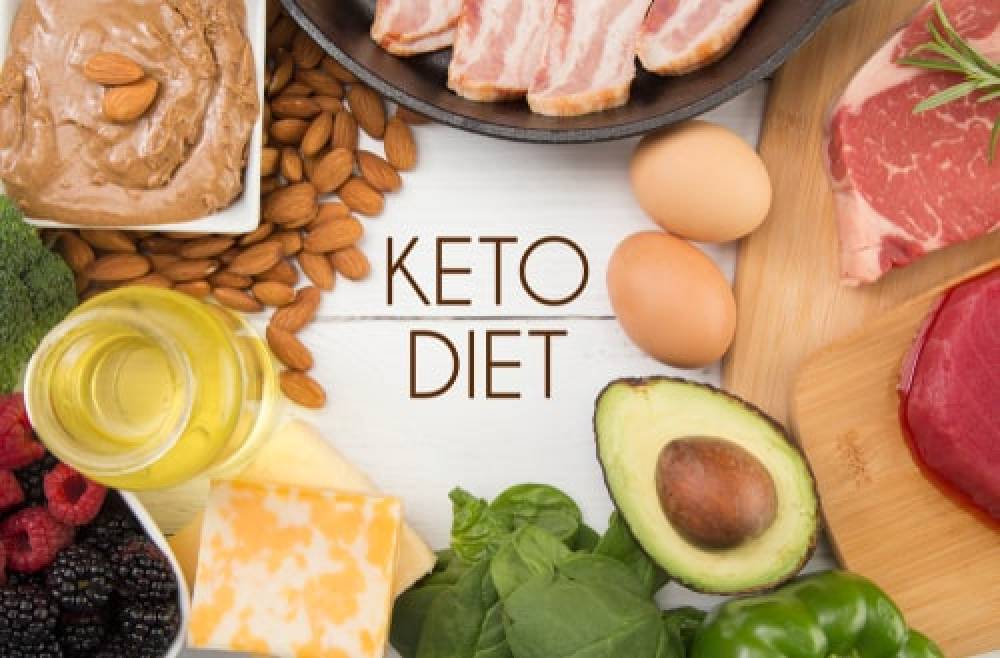
04/01/2022
Unlike many fad diets that result in limited success, the ketogenic diet has shown to offer an effective outcome based on a serious understanding of nutrition science. This high-fat low-carb eating plan takes an entirely different approach to optimal weight and health improvements whose main focus falls on changing the fuel source the body uses for energy.
How to kickstart the ketogenic plan if you are new to the idea? Go through our keto diet guide for beginners below, make the necessary adjustments and enjoy the upcoming great results.
What is the keto diet?
The classic ketogenic diet is a very low-carb, moderate protein and high-fat diet plan that was originally introduced in the 1920s for patients suffering from epilepsy. The researchers who originally designed it also discovered that if fasting was included, the method helped patients feel much better, in addition to experiencing other positive effects such as stable blood sugar and cholesterol levels, reduced hunger, and decreased body fat percentage.
Our beginner’s keto guide starts with explaining the basic idea of classic keto. You should drastically restrict consumption of most carbohydrates, which when eaten, break down into sugar and serve as primary fuel for the body. Once high-fat low-carb diet is adopted, the cells need to find an alternative source of energy. This is when the body switches its metabolism and starts to use dietary or stored fat instead of sugar.
In the process, fat is being transformed into ketones in the liver, which are water-soluble fat molecules that burn more efficiently than sugar. Therefore, when you’re getting started on keto, you are expected to lose weight rapidly, even when eating lots of fat and adequate calories through your daily food intake.
How does the ketogenic diet look in the plate? About 80 percent of your daily calories should come from fat, 15 to 20 percent from protein and just 5 to 10 percent from carbs. Compared to the general recommendations of macronutrient distribution of 20 to 35 percent protein, 45 to 65 percent carbohydrates, and 10 to 35 percent fat, this is quite a considerable change.
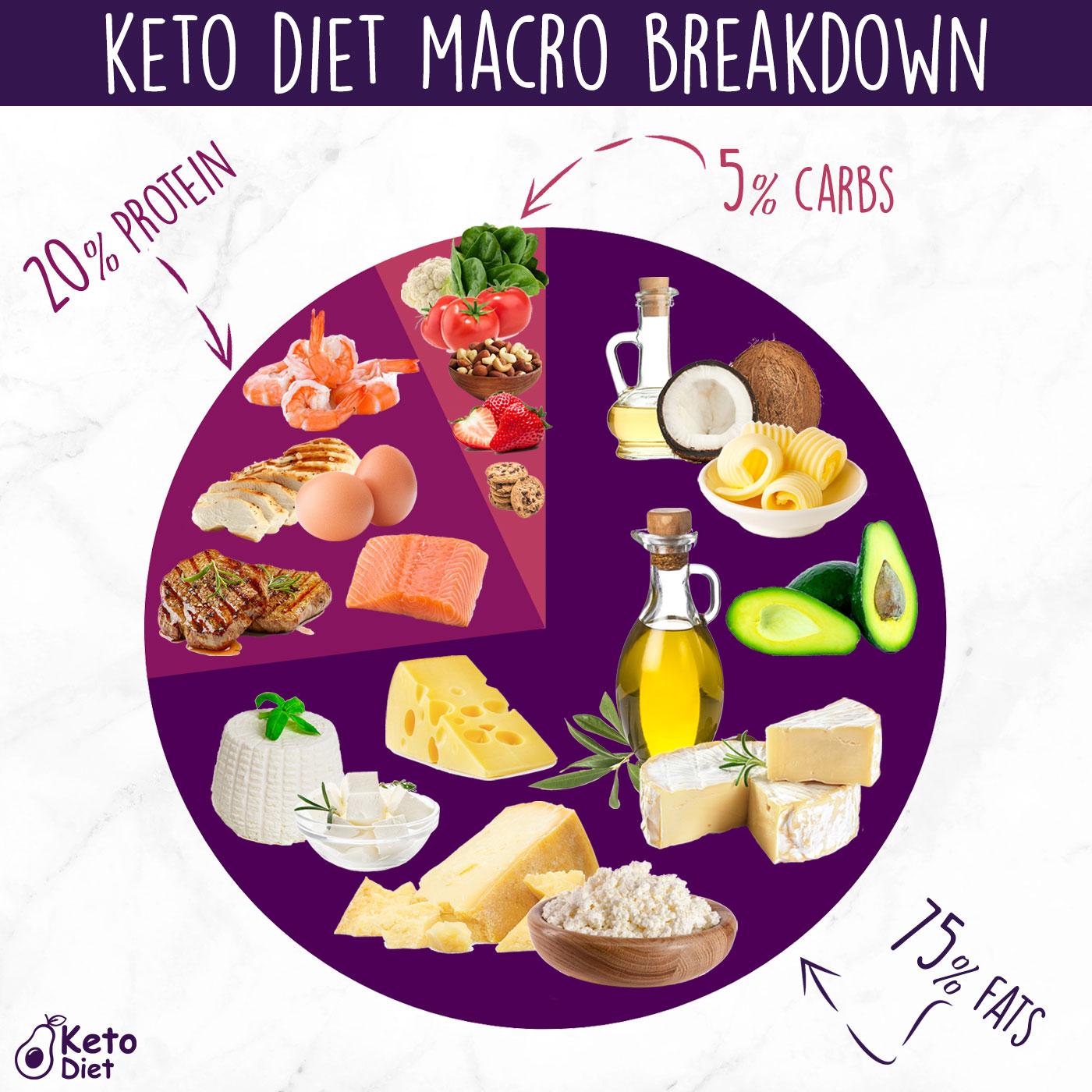
What is ketosis?
Starting keto diet will put your body into a metabolic state known as ketosis. This happens when most of the body’s fuel for energy comes from ketones in the blood, rather than from glucose from carbohydrate foods.
Following a ketogenic diet is the most efficient way to enter ketosis. To do that as a keto diet beginner, you should limit your daily carb consumption to around 20 to 50 grams and emphasize on healthy fats, such as meat, fish, eggs, nuts, seeds and low-carb fruits and veggies.
To support your transition into ketosis, you should also moderate your protein consumption. Keep in mind that excess intake of protein can be converted into glucose and ruin your efforts.
Including intermittent fasting in your ketogenic plan can help you enter ketosis faster as a keto diet beginner and maintain it. There are many different types you can try out, but the most popular method is having an 8-hour window for food intake and fasting for the remaining 16 hours.
You can determine whether you’ve entered ketosis or not by measuring the amount of ketones your body produced with blood, urine, and breath tests. Or you can pay closer attention to symptoms you experience, which can indicate you are on the right track, such as increased thirst, frequent urination, dry mouth, and reduced appetite.
Types of keto diets
There are several categories of the ketogenic diet, some of which are:
• Standard ketogenic diet (SKD) consists of obtaining about 75 percent of your calories from fat (i.e. oils, fatty meat or fish, etc.), 20 percent from protein, and 5 percent from carbohydrates.
• Cyclical ketogenic diet (CKD) allows some days of higher carb intake. For instance, if you find it hard to stick to a very low-carb diet every day, you can practice five ketogenic days followed by two high-carb days. This is an appropriate approach when you are getting started on keto and your body is still adjusting to the diet.
• Targeted ketogenic diet (TKD) offers you to increase carb consumption around workouts.
• High protein ketogenic diet includes a higher protein intake with a ratio of 60% fat, 35% protein, and 5% carbs.
How to start keto
The precise ratio of macros in your daily food intake (fat vs. protein vs. carbs) can differ from the recommended one in regards to your specific goals and current health status. Other factors that should also be taken into consideration when determining your fat versus carb percentage are age, gender, level of physical activity, and overall lifestyle.
Generally speaking, a standard keto diet requires you to limit carb consumption to 20-50 net grams per day. You can calculate your net carbs when you subtract the amount of fiber from the total amount of carbs. Since fiber is indigestible once eaten, it can stay out of the equation. Instead, stick to net carbs as that’s the count that matters most.
Below are some basic keto diet guidelines to follow regardless of the plan you choose:
Do not overeat with protein
Protein intake should be between 1-1.5 grams per kilogram of your body weight. Here’s an example – if you weigh 70 kilograms, you should eat 70-105 grams of protein daily. Otherwise, your body can turn the extra protein into glucose and hamper you from getting into ketosis.
Track your macros
Getting started on keto can be made easy by monitoring your macros. Download a keto diet calculator to keep track of grams of fat, protein and net carbs consumed.
Use keto-friendly supplements
If you are just starting the keto diet and you want fast results, you might consider supplementing with MCT oil. MCT stands for medium-chain triglycerides, a form of saturated fatty acids, which are thought to be absorbed more easily by the body and transformed into ketones. MCTs are abundant in coconut oil and to a certain extent in dairy products.
Overall, MCT oil may have positive effects on energy levels, exercise performance, appetite control, weight maintenance, and more.
Other popular supplements to check out are caffeine (boosts energy, fat loss, and performance), leucine (an amino acid that enhances ketone bodies), minerals (maintains water and electrolyte balance), etc.
Hydrate
Any beginner’s guide to keto will require you to drink lots of water. This simple step will suppress fatigue, improve digestion, boost detoxification, and control hunger, among many other important benefits.
Just stick to it
If you are starting the keto diet, strive not to cheat, because just one meal with extra carbs can kick you out of ketosis and ruin your progress. In case you get tempted and indulge, your body should be able to get back in ketosis faster if you’ve previously managed to reach it.
What foods to eat and what to avoid
Regarding specific foods to include in your meal plan, here is a basic keto guide of what to choose from:
• Low-carb vegetables – asparagus, dark leafy greens, mushrooms, tomatoes, broccoli, cabbage, Brussels sprouts, lettuce, cucumbers, cauliflower, zucchini, eggplant, spinach, kale, peppers, celery, etc.


• High-quality protein – meat, offal, and dairy, poultry, eggs, bone broth, fish and seafood, and so on.
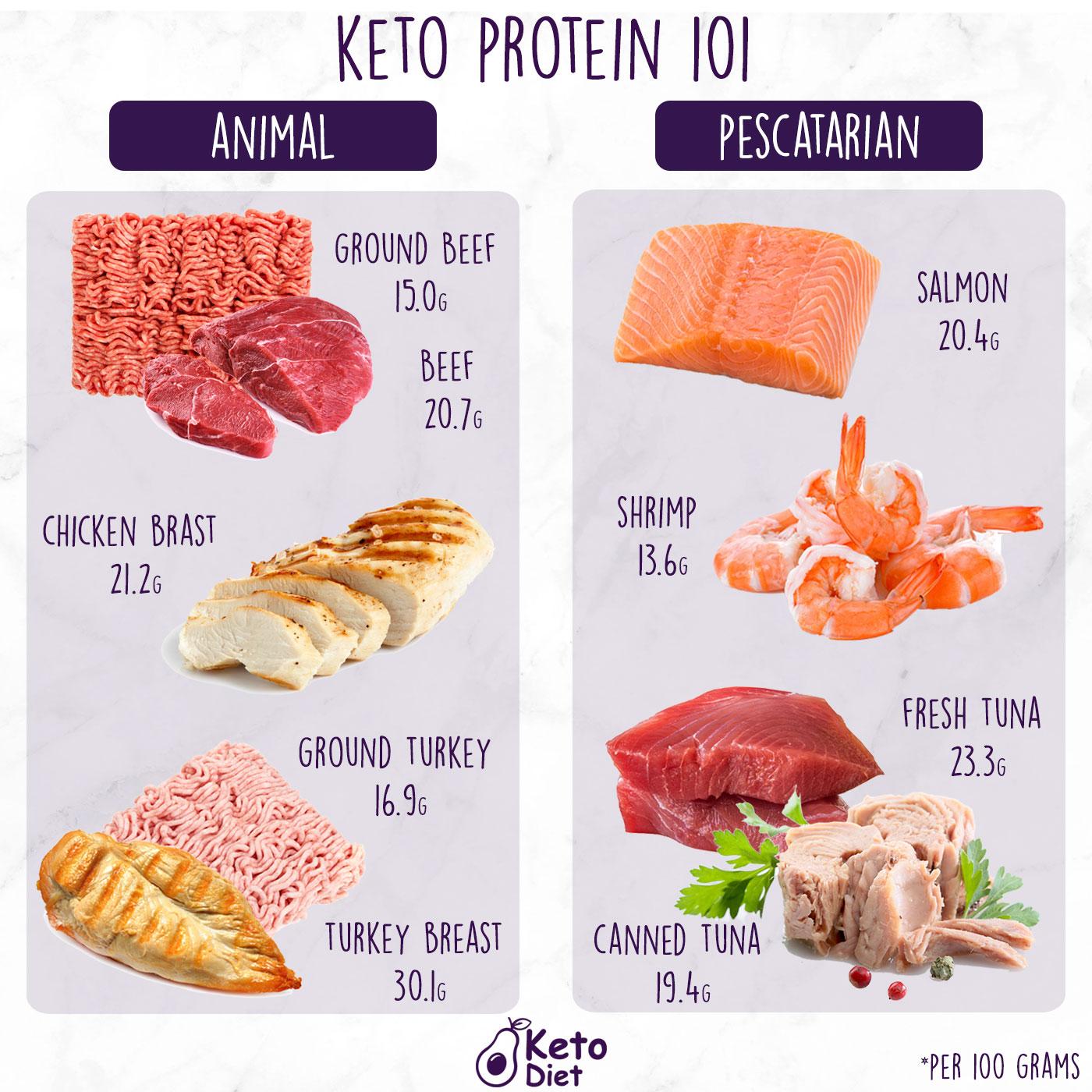
• Healthy fats – olive oil, coconut oil, butter, ghee, lard, avocado oil, tallow, duck fat, nuts, seeds, etc.
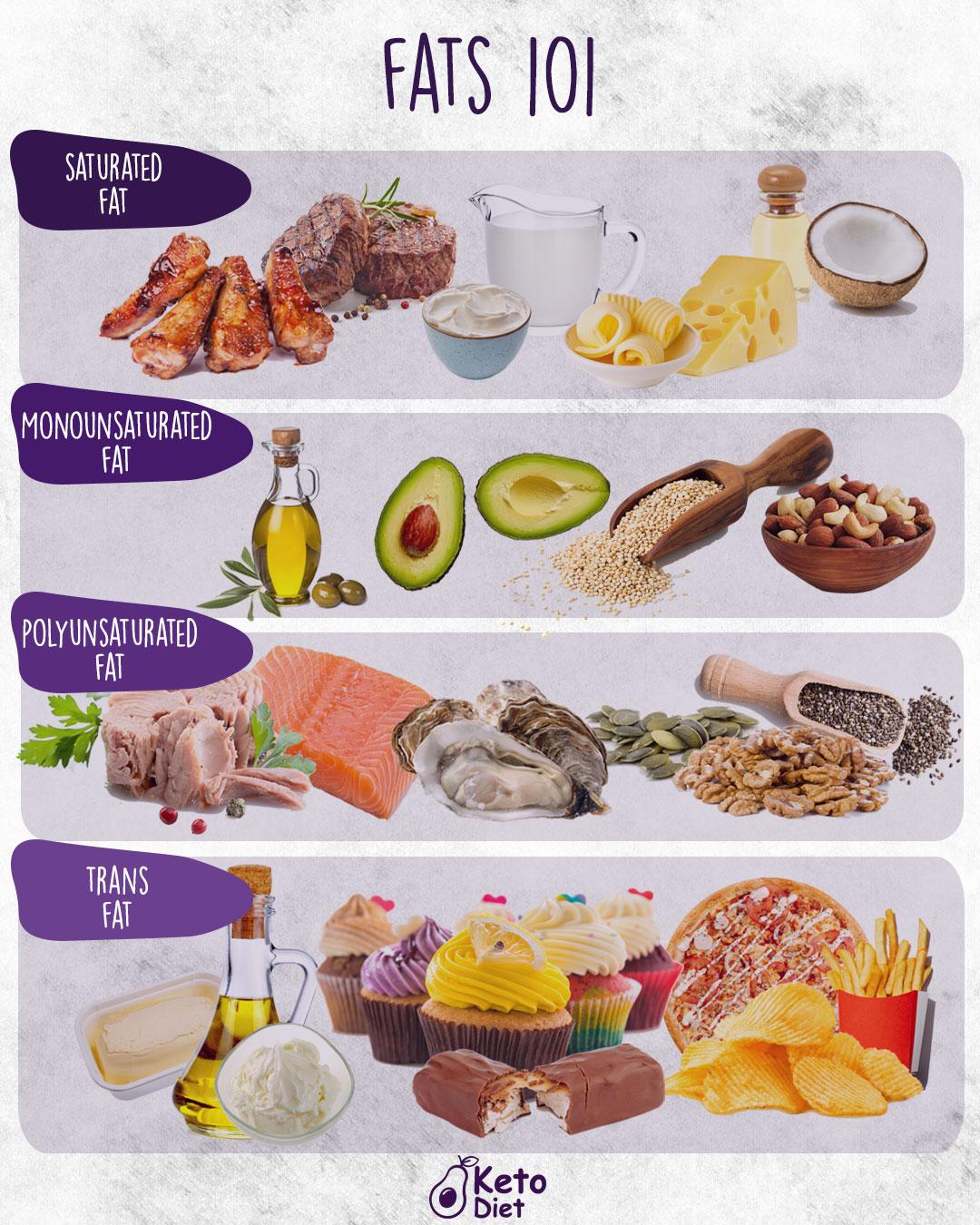
• Fruits – lemons, limes, raspberries, blackberries, blueberries, etc.
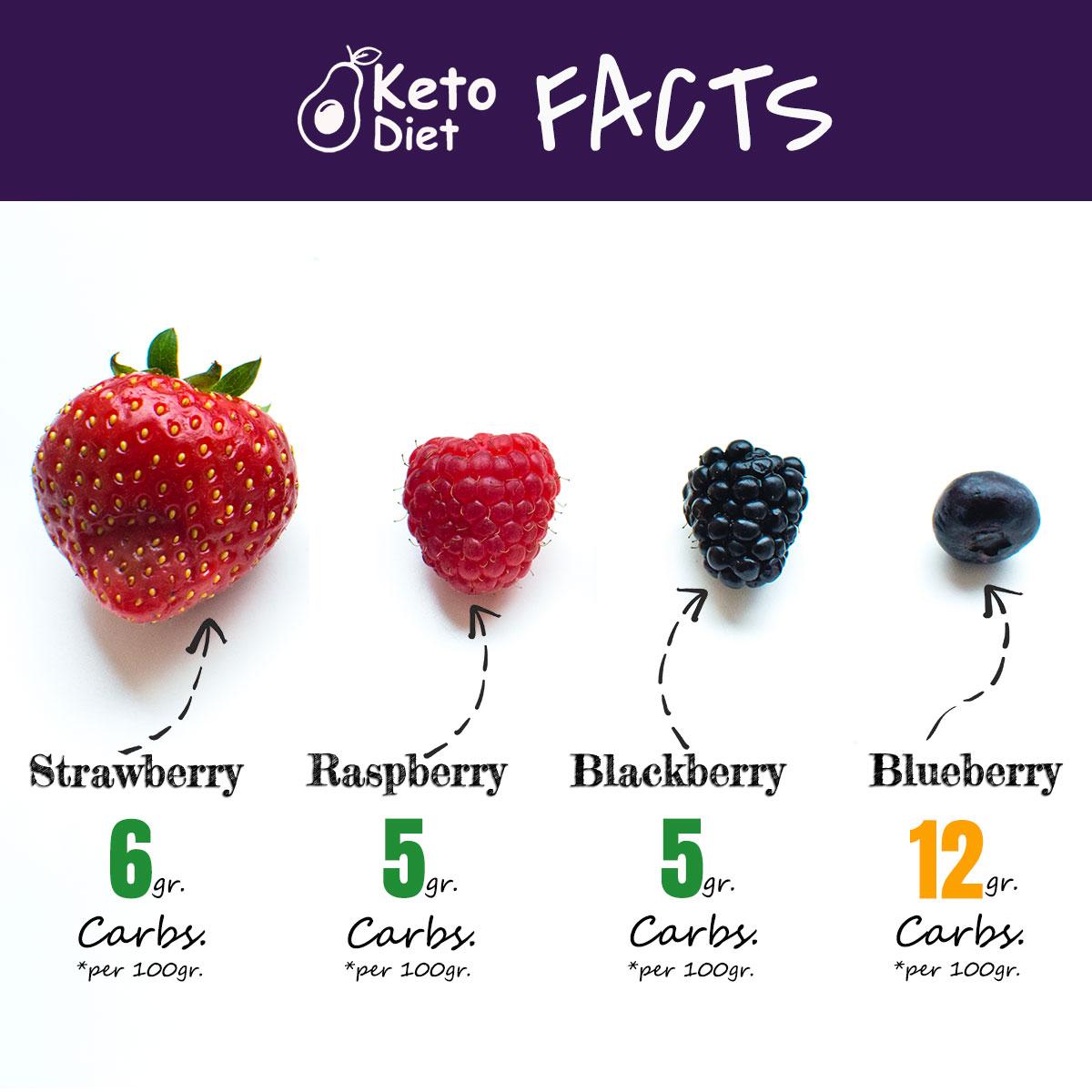
• Sugar substitutes – xylitol, stevia, erythritol, monk fruit, etc.
• Beverages – herbal teas, lemon water, bone broth, coffee, unsweetened carbonated drinks or such with keto-friendly sweetener.
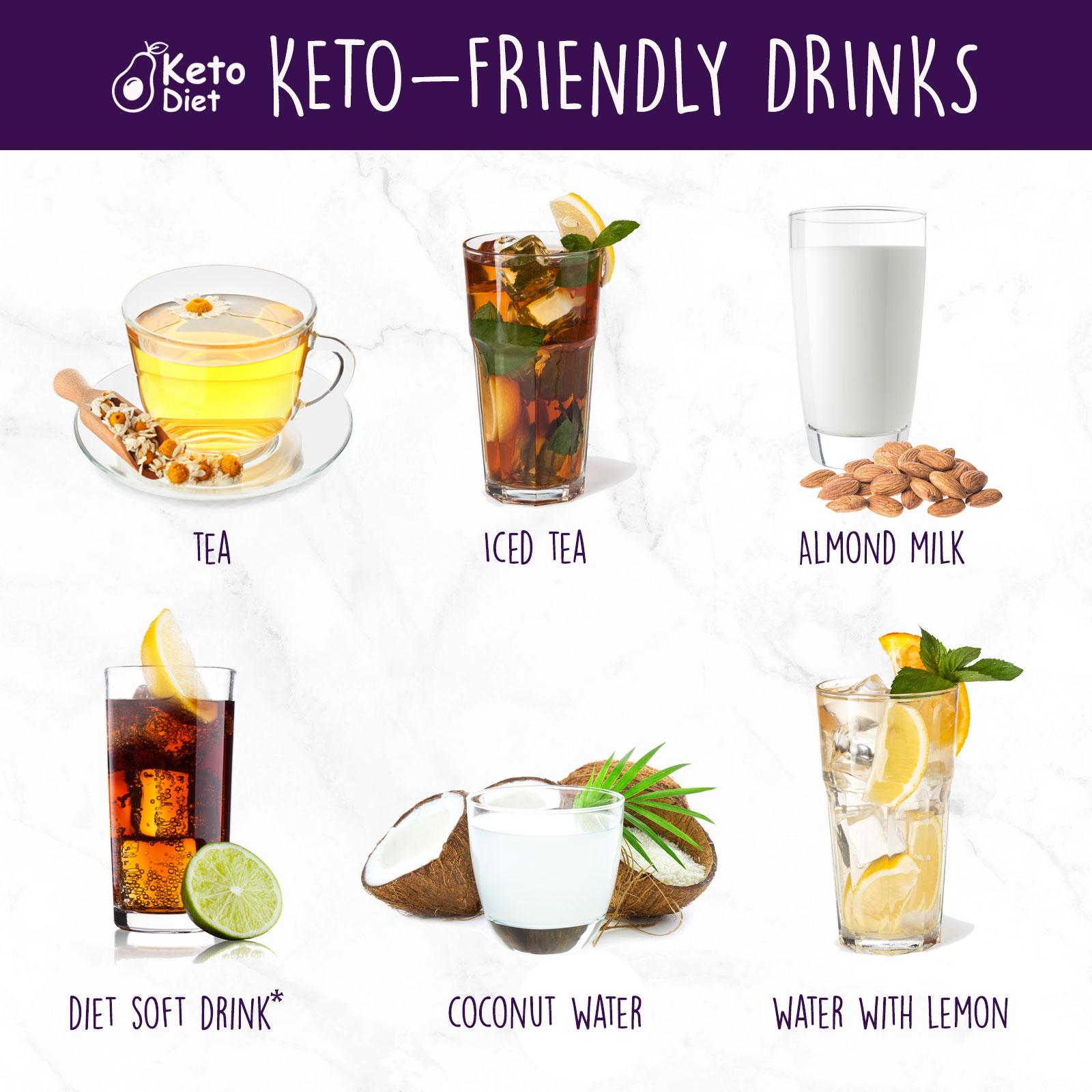
Try to avoid at all cost processed foods because they are usually high in empty calories and low in nutrients. Great examples are pizza, cookies, cakes, cereals, sweetened beverages, ice cream, and others.
Except for table sugar, check for other sweet sources which are not tolerated on keto like honey, fructose, brown sugar, agave nectar, dextrose, maltodextrin, high-fructose corn syrup, maple syrup, rice syrup, juice, etc.
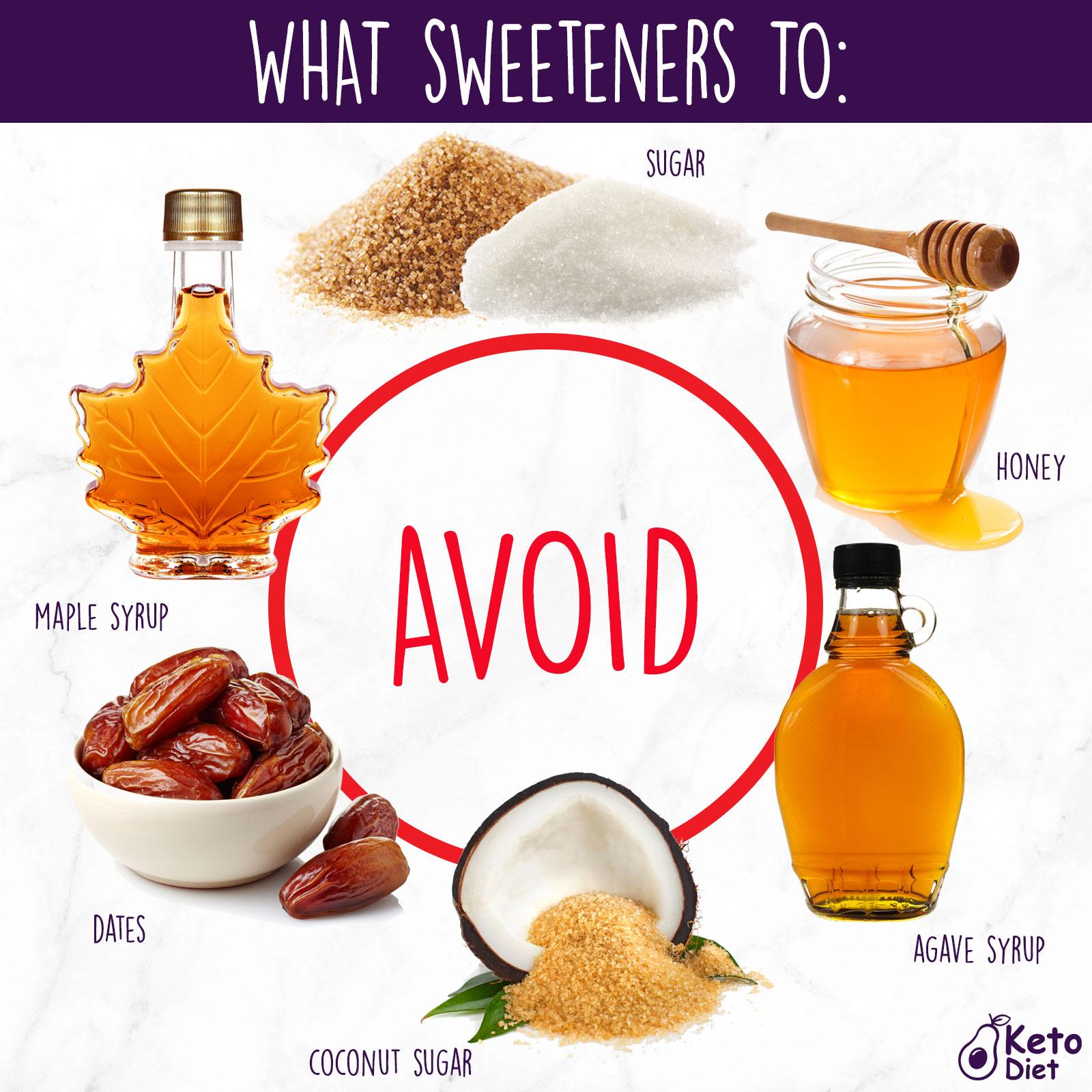
As for alcohol, there’s no single recommendation. According to the keto plan for beginners, it’s best to avoid it. In case you’ve decided to enjoy a beverage anyway, choose an option that won’t hurt your ketosis. Most hard spirits have 0 grams of carbs unless you mix them with a soft drink or juice. So, you can go for scotch, rum, whiskey, vodka, cognac, etc. If you are a wine enthusiast, opt for a dry one. Having a glass of white or red wine will probably cost you up to 6 grams of carbs per serving. Light beer is also on the keto-friendly list. By all means, always consume alcohol in accordance to your daily carb allowance.
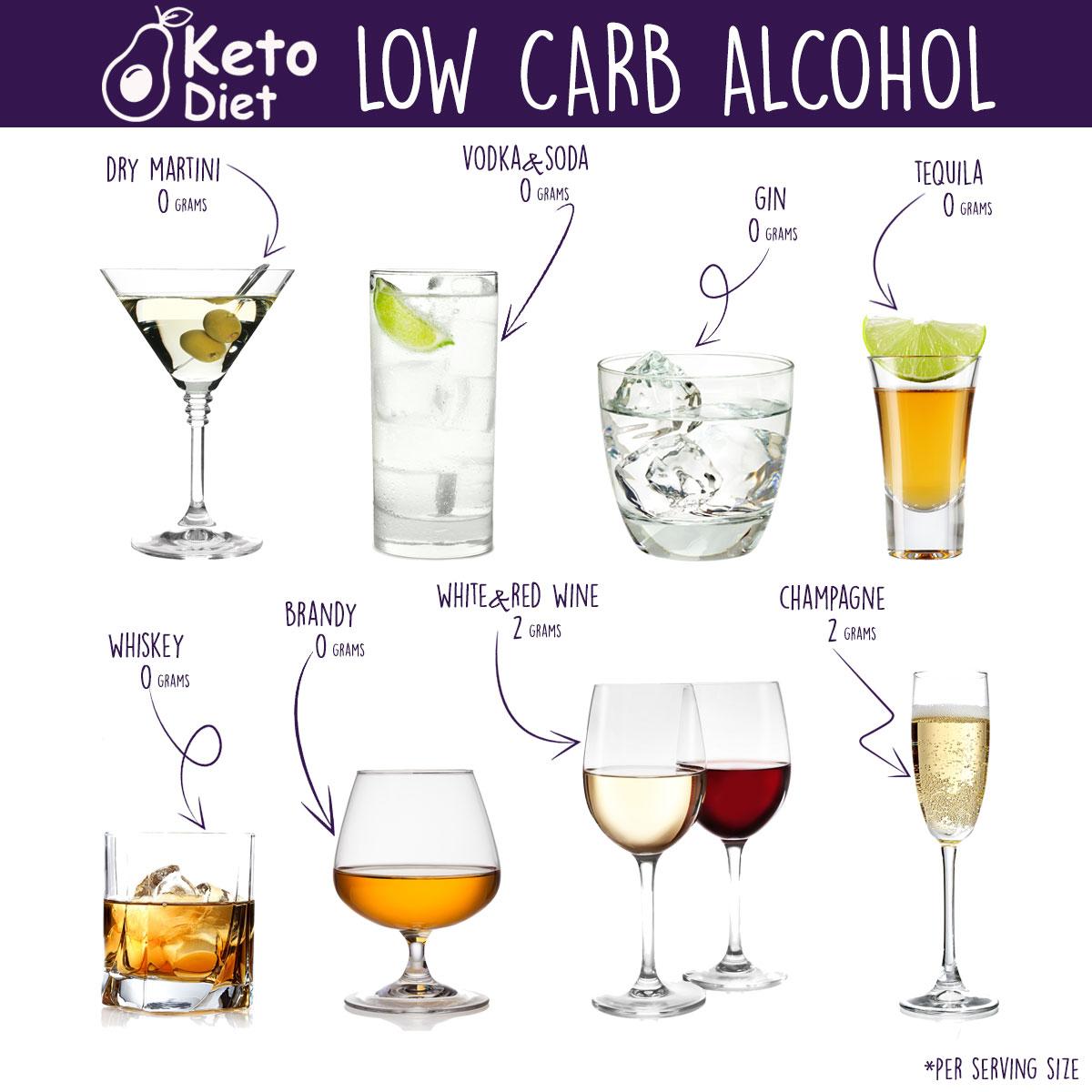
What to keep in mind
Starting keto will put you into the unique metabolic state known as ketosis once you adjust to using fat for fuel instead of sugar. Those changes are quite significant for your body and you are likely to experience symptoms like tiredness, impaired sleep, constipation, moodiness, and bad breath, all known as the keto flu. However, don’t get despaired as these side effects rarely last for more than a week or two. Once your body adjusts to being in ketosis, they will just go away.
Final thoughts
Getting started on keto will help your body run on stored or dietary fat instead of sugar. Including more high-fat sources in your diet and limiting your net carbs will make your liver produce ketones for energy and enter the metabolic state of ketosis more easily. To maintain successfully optimal weight and experience other health improvements, follow our beginner’s guide to keto and get results soon!
Tags
No tags!
YOURKETO TEAM gives out Exclusive Advice, Tasty recipes, and Everyday Motivation for Your Keto Lifestyle.

